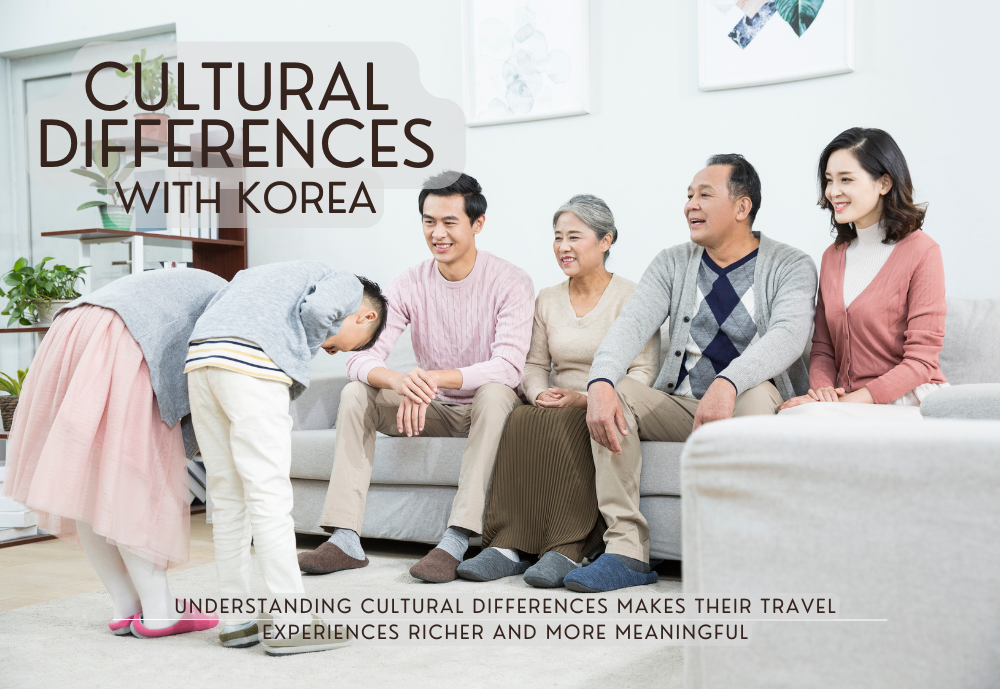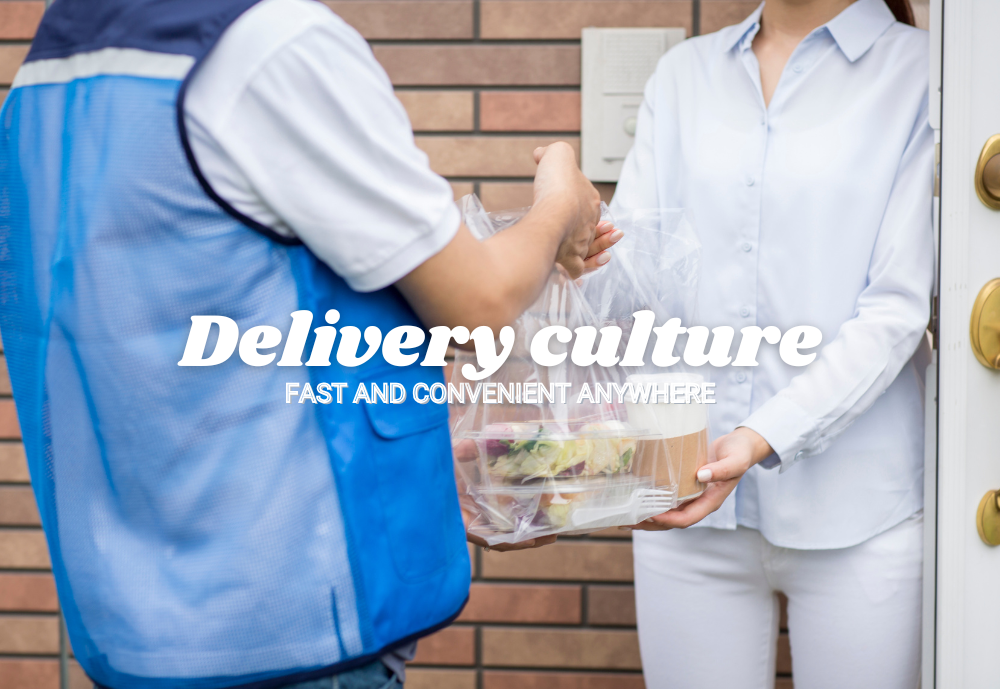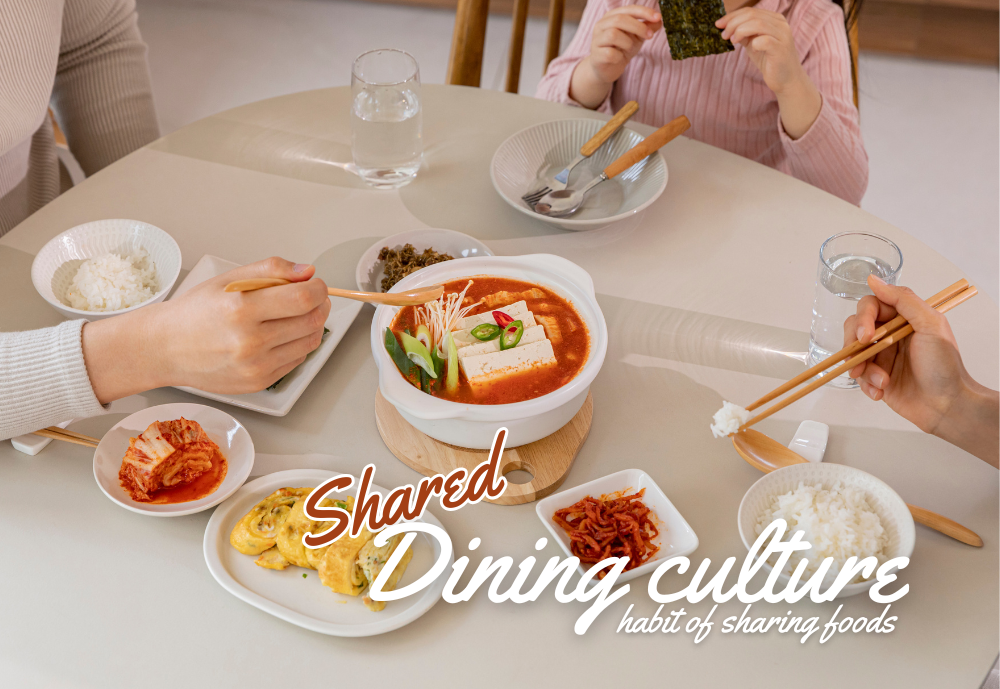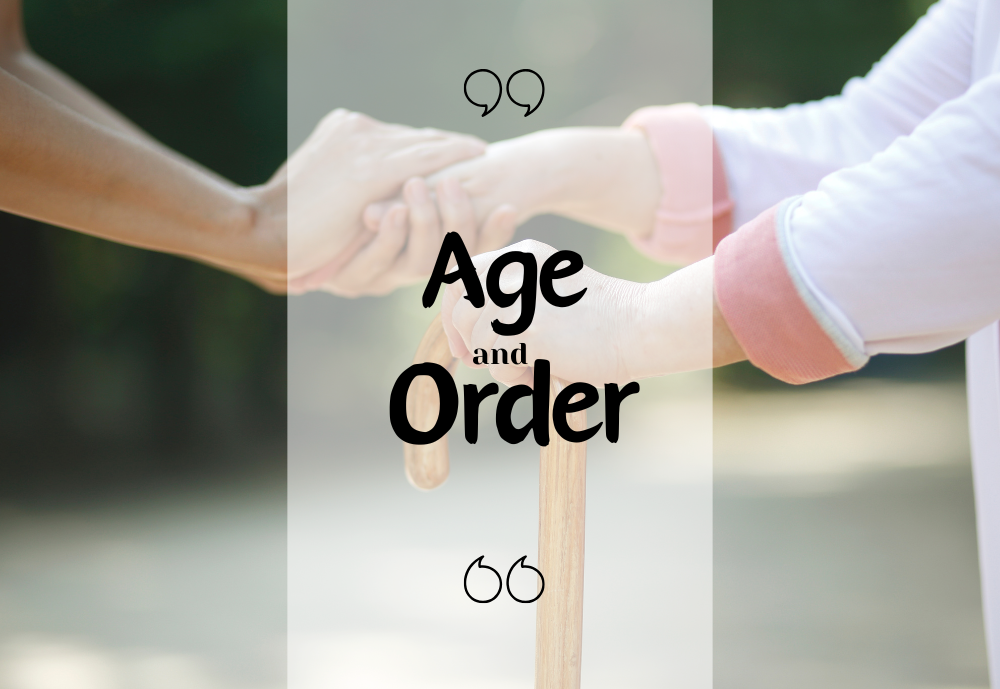
This article will delve into the top five cultural differences most commonly noticed by foreigners during their visits to Seoul, based on survey results. Through this, we aim to provide a deeper understanding of the cultural experiences foreigners encounter in Seoul.
| Floor-Seated Lifestyle
 The floor-seating culture holds more significance than just a way of sitting. In Korea's traditional lifestyle, people often sat on the floor to share meals and engage in conversations, fostering family bonds while utilizing space efficiently. The traditional ondol system, commonly found in hanok (traditional Korean houses), warms rooms through heat radiating from the floor, naturally encouraging people to spend time seated on the floor.
| Fast and Convenient Delivery Culture
The floor-seating culture holds more significance than just a way of sitting. In Korea's traditional lifestyle, people often sat on the floor to share meals and engage in conversations, fostering family bonds while utilizing space efficiently. The traditional ondol system, commonly found in hanok (traditional Korean houses), warms rooms through heat radiating from the floor, naturally encouraging people to spend time seated on the floor.
| Fast and Convenient Delivery Culture
 Korea is a country with a highly developed delivery culture. Most foods can be delivered directly to your home, and with the use of delivery service apps, it’s easy and quick to enjoy meals even amidst a busy lifestyle. This delivery culture, which offers a unique experience for foreigners, has become an integral part of daily life in Korea, widely used by many people.
| Toothbrushing in Public Restrooms
Korea is a country with a highly developed delivery culture. Most foods can be delivered directly to your home, and with the use of delivery service apps, it’s easy and quick to enjoy meals even amidst a busy lifestyle. This delivery culture, which offers a unique experience for foreigners, has become an integral part of daily life in Korea, widely used by many people.
| Toothbrushing in Public Restrooms

There may be cultural differences regarding brushing teeth in public restrooms, but in Korea, personal hygiene is highly valued, making it quite common. However, it is important to follow certain etiquette when brushing teeth in shared spaces. Be considerate of others by avoiding overcrowding the sink area, ensuring toothpaste or water doesn’t spill on the floor, and cleaning up after yourself to leave the area tidy.
| Communal Dining Culture

In Korea, the culture of sharing food goes beyond a simple act of eating; it plays a significant role in strengthening relationships. It is a common practice to share meals with family, friends, and colleagues, fostering communication and connection. Various dishes are placed on the table for everyone to share, creating an atmosphere where conversations flow naturally, and people exchange care and attention. The act of sharing food itself builds a sense of closeness, making relationships warmer and more harmonious.
| Age and Hierarchy Culture

Understanding Korea's age and hierarchy culture can greatly enhance one's insight into Korean society. Rooted in long-standing history and tradition, it is customary for younger individuals to show respect to their elders. For example, using honorific language when speaking with older people and waiting for elders to start eating during meals are common practices. While this age and hierarchy culture remains an important aspect of Korean life, it is gradually evolving with the times. For foreigners, understanding and respecting this culture can significantly aid in building smooth and meaningful relationships in Korea.
- Article in English
-

This article will delve into the top five cultural differences most commonly noticed by foreigners during their visits to Seoul, based on survey results. Through this, we aim to provide a deeper understanding of the cultural experiences foreigners encounter in Seoul.
| Floor-Seated Lifestyle

The floor-seating culture holds more significance than just a way of sitting. In Korea's traditional lifestyle, people often sat on the floor to share meals and engage in conversations, fostering family bonds while utilizing space efficiently. The traditional ondol system, commonly found in hanok (traditional Korean houses), warms rooms through heat radiating from the floor, naturally encouraging people to spend time seated on the floor.
| Fast and Convenient Delivery Culture

Korea is a country with a highly developed delivery culture. Most foods can be delivered directly to your home, and with the use of delivery service apps, it’s easy and quick to enjoy meals even amidst a busy lifestyle. This delivery culture, which offers a unique experience for foreigners, has become an integral part of daily life in Korea, widely used by many people.
| Toothbrushing in Public Restrooms

There may be cultural differences regarding brushing teeth in public restrooms, but in Korea, personal hygiene is highly valued, making it quite common. However, it is important to follow certain etiquette when brushing teeth in shared spaces. Be considerate of others by avoiding overcrowding the sink area, ensuring toothpaste or water doesn’t spill on the floor, and cleaning up after yourself to leave the area tidy.
| Communal Dining Culture

In Korea, the culture of sharing food goes beyond a simple act of eating; it plays a significant role in strengthening relationships. It is a common practice to share meals with family, friends, and colleagues, fostering communication and connection. Various dishes are placed on the table for everyone to share, creating an atmosphere where conversations flow naturally, and people exchange care and attention. The act of sharing food itself builds a sense of closeness, making relationships warmer and more harmonious.
| Age and Hierarchy Culture

Understanding Korea's age and hierarchy culture can greatly enhance one's insight into Korean society. Rooted in long-standing history and tradition, it is customary for younger individuals to show respect to their elders. For example, using honorific language when speaking with older people and waiting for elders to start eating during meals are common practices. While this age and hierarchy culture remains an important aspect of Korean life, it is gradually evolving with the times. For foreigners, understanding and respecting this culture can significantly aid in building smooth and meaningful relationships in Korea.








